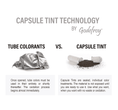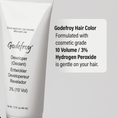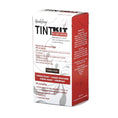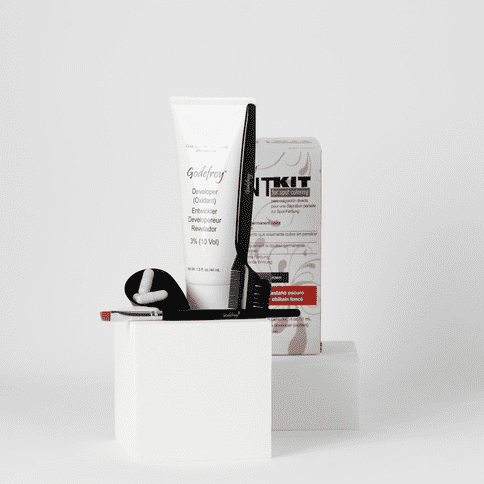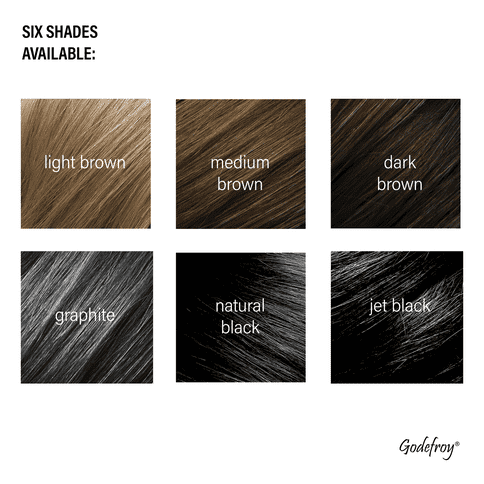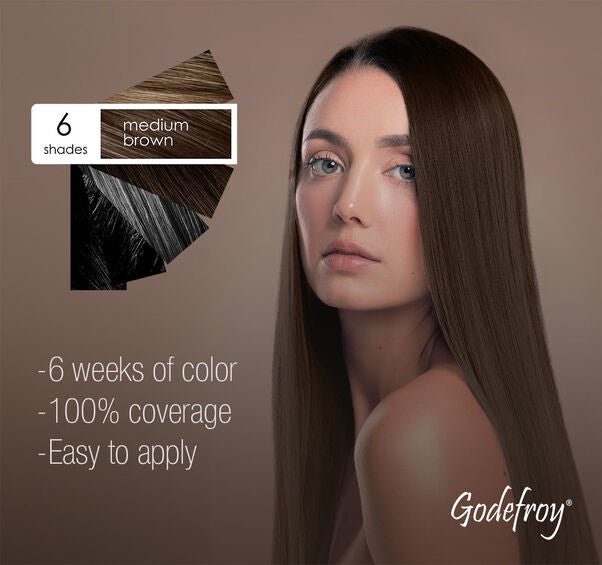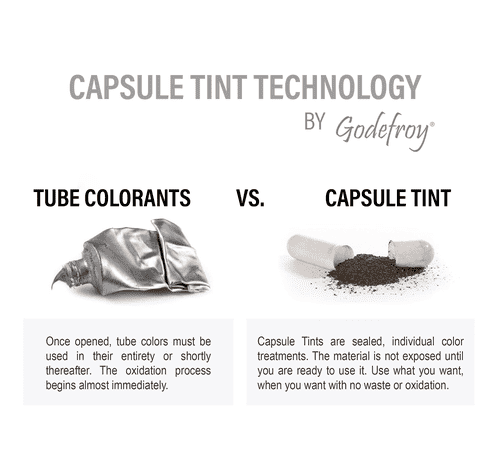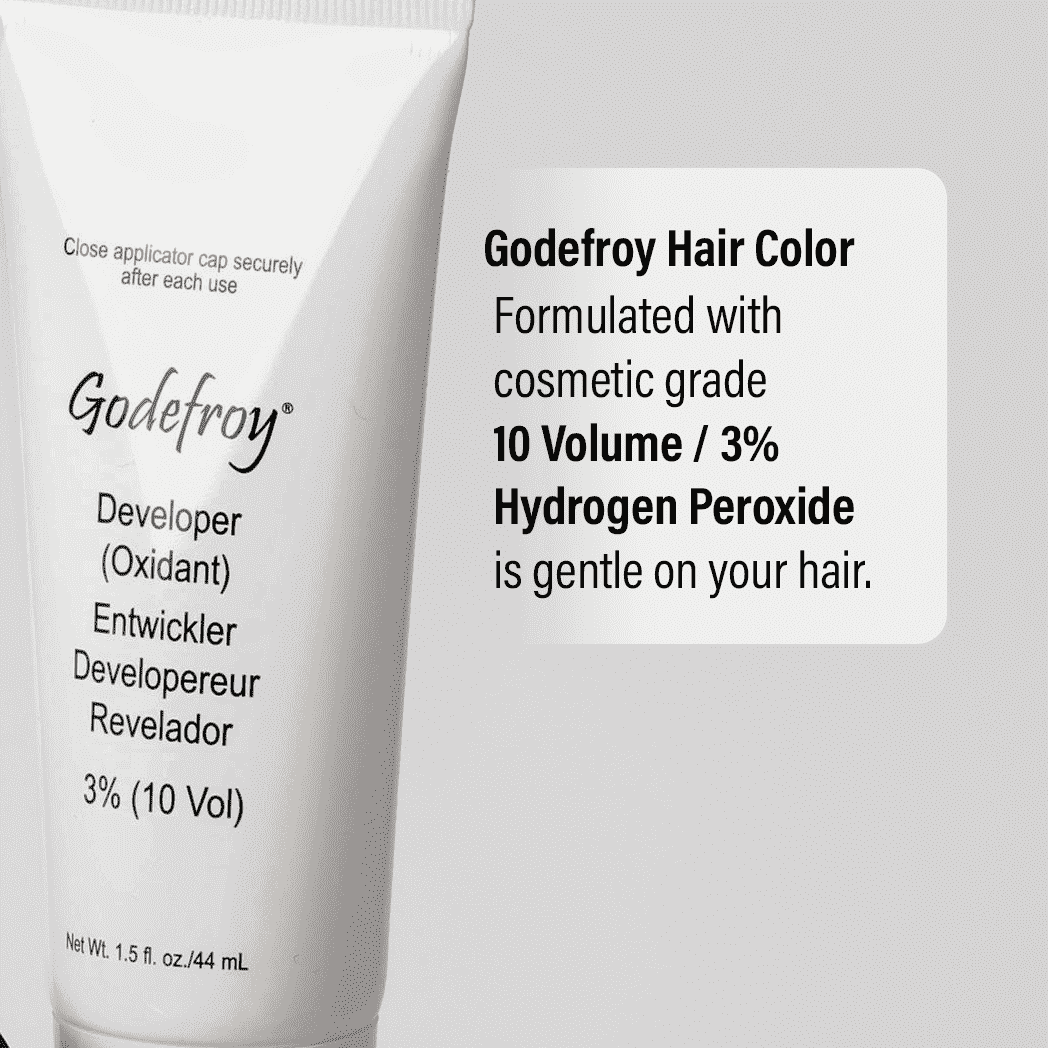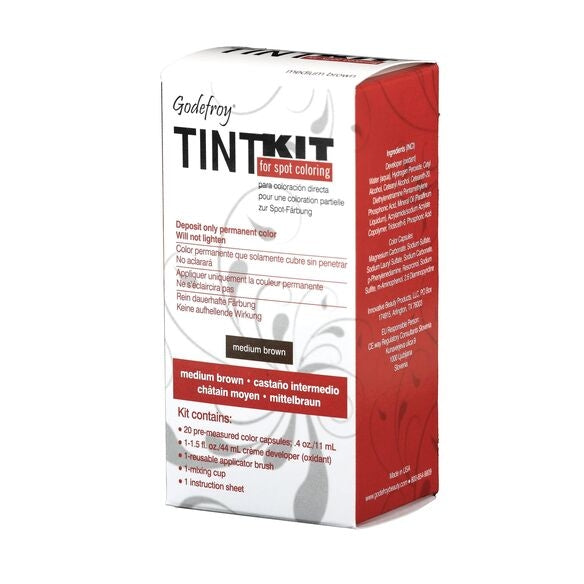How to Train Your Hair: Pro Techniques That Actually Work
By Juliet Torres Gonzales and Ivanna Nguyen
By Juliet Torres Gonzales and Ivanna Nguyen
Have you ever heard of the term “hair training” or “training your hair?” While it might sound like a trend, it actually refers to the process of reshaping the natural behaviors of your hair through consistent routines. This includes redirecting parts, refining curl patterns, managing cowlicks, and teaching your hair to hold styles or distribute natural oils more effectively. For many, a major focus is training the scalp to become less oily. By extending the time between washes and adjusting product use, you can gradually reduce oil production, leading to hair that stays cleaner and more manageable over time. In today's blog, we will cover everything you need to know about how to properly train and manage your hair!
Start with Clean, Product-Free Hair
Hair training works best on a clean foundation. Buildup from products, oils, and dry shampoo can weigh down your strands, clog follicles, and interfere with results. Starting fresh helps your hair absorb new routines more effectively.
Use a gentle, sulfate-free shampoo to cleanse without stripping natural oils—over-cleansing can actually trigger excess oil production. If you regularly use heavy styling products, add a clarifying treatment into your routine every few weeks to fully reset the scalp.
By creating a neutral base, you’re giving your hair the best chance to respond, adapt, and thrive during the training process.
The Power of Consistency: Repetition Builds Retention
Like any habit, hair training depends on repetition. Styling your hair in the same direction, maintaining a consistent part, or wrapping curls nightly helps create memory in your strands. Over time, this repetition reshapes how your hair naturally behaves.
Sleep routines are also powerful. Silk or satin bonnets reduce friction and help lock in overnight styles. Braids, twists, or loose buns can guide curls into uniform shapes while minimizing morning frizz.
The key takeaway? The more consistently you follow your routine, the faster and more effectively your hair will adapt.

Strategic Tools and Products
The right tools and products are essential to successful hair training. Start with a wide-tooth comb or detangling brush to shape strands gently and avoid breakage. To smooth and distribute oils—especially between washes—boar-bristle brushes are your best friend.
For curl definition or refining wave patterns, reach for sectioning clips and curl wraps to add structure. Lightweight conditioning balms, edge tamers, and shaping waxes help hold styles in place without stiffness.
By using the right styling support, you’re not just training your hair—you’re protecting it while reinforcing new habits.

@abigaillinnn Fun fact I used to only own a wide tooth comb and it was broken in half 😂 and that was legit the only comb/brush I owned for an embarasing amount of time in my adult life #hair #hairtok #haircare #hairtips #hairtipsandtricks #hairadvice #haircaretips ♬ just like magic - Ariana Grande
Selecting the right tools and products significantly enhances the effectiveness of your hair training routine. And if your training goal involves defining specific areas—like coloring stubborn grays at the hairline or refining part edges—Godefroy’s Tint Kit is ideal. The precision hair capsules allow you to tint only the areas you're working to control, supporting visual structure while the style sets over time.
Adapt Techniques to Your Hair Type
Tailoring your training approach according to your unique hair type ensures maximum results. Here are targeted techniques to incorporate into your daily routine:

Wavy/Curly Hair Training your hair texture involves techniques like twist-outs, finger coiling, and diffusing. Twist-outs set curls into defined shapes, while finger coiling enhances individual curls, naturally taming frizz. Diffusing dries curls without disrupting the hair's pattern, reshaping your hair texture gently and effectively.
Straight Hair Consistent parting and blow-dry training with a round or paddle brush are essential hair training techniques for straight hair. Regularly guiding your hair in the desired direction creates lasting control over unruly strands. Incorporating smoothing serums or lightweight holding balms ensures longer-lasting style retention.
Coarse or Thick Hair For coarse or thick hair, section-based smoothing combined with light tension can effectively reshape and manage your hair texture. Using tools like wide-tooth combs or boar-bristle brushes distributes natural oils evenly, helping to tame frizzy hair naturally. Conditioning waxes and balms further support this structured approach, enhancing manageability.
How Long It Takes: Resetting Hair Habits Over Time
Resetting your hair habits typically requires a commitment of about 2–6 weeks, depending on your hair type and personal styling goals. Patience is crucial, as immediate results are rare. You’ll first notice reduced frizz, improved curl or wave definition, and progressively easier daily styling. Stay consistent, avoid heat damage, and limit excessive manipulation during this phase to support healthy hair transformation.

@yasaminedurali HEALTHY HAIR RESET ROUTINE ✨🫶🏼🤍⭐️ holy grail tips, tricks, and products that helped me transform my hair!!! My hair has been through SO much these past months between bleaching it, heat styling, toning it a bunch, and then getting extensions for my wedding so I desperately need to hit the reset button & take my haircare more seriously again! Following my own viral haircare routine & sharing everything that has helped me in the past & what I’m going to be doing for my hair ✨🫶🏼🤍🤎⭐️ @Dyson USA @K18 Hair @THE OUAI @BondiBoost @Fable & Mane @VEGAMOUR @Kérastase @Bumble and bumble. @Fekkai @Crown Affair #hair #hairtok #healthyhair #hairgrowth #hairgrowthtips #rosemaryoil #rosemaryoilforhairgrowth #hairtips ♬ 10 minutes! Fashionable and bright jazz piano(1127989) - nyansuke
Successful hair training starts with clean, product-free hair to ensure the best results. Consistency is key—repetition reinforces habits and helps lock in new styling techniques. Using the right tools and supportive products can elevate your routine, making the process more effective and efficient. By choosing methods tailored to your hair type and staying patient throughout the adjustment period, you'll set yourself up for a healthier, more manageable, and naturally controlled hair texture.
Thanks for reading! If you'd like more beauty tips and tricks, be sure to check out last week's blog post.
Read More
-

Skinimalism Is Not “Less Makeup.” It’s Better Taste.
Andrew CampbellSkinimalism makeup isn’t about skipping products—it’s a refined “less is more” aesthetic. Discover how this trend’s focus on healthy skin,...
-

How Water, Chlorine, and Sunlight Affect Your Hair Color
Andrew CampbellLet’s be honest—once you’ve colored or bleached your hair, keeping it vibrant is basically a part-time job. Even with salon-grade formulas and sulfate-free shampoo, the...
-

Upcoming Beauty Trends: What to Look Out For in 2026
Emersen AdamsBeauty in 2026 is less about chasing a single “look” and more about building routines that fit your life and...







